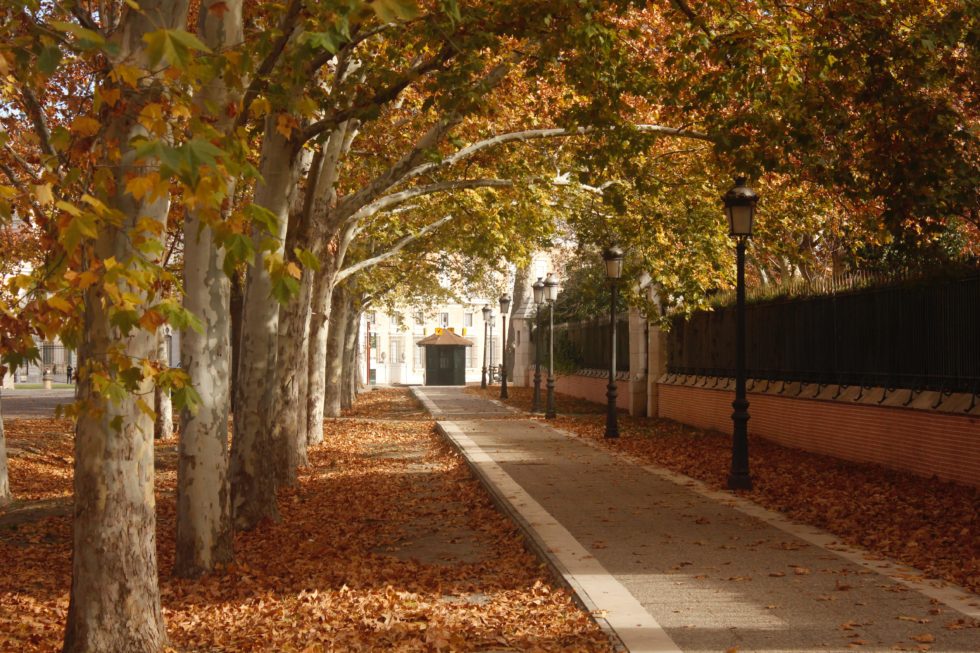21st-century cities are stepping up to address climate change with Climate Action Plans and other like-minded mandates intended to take responsibility for carbon and prepare the developing carbon market.

Without reliable metrics and tools, there will be no way to translate these plans into the fundamental changes we need to see. To formulate an actionable plan, we need to assess what components of the city provide the necessary sequestration to offset the emissions of the city and its residents. The ratio of hardscape to plantings will be incredibly imbalanced in most cities, so we will need to assess every square foot of plantable space and take a very close look at our maintenance practices to have positive results.
Ecologically literate landscaping needs to be more than a niche market.
Small changes can render significant results at the Municipal Scale.

It is not uncommon to dramatically increase our sequestration to emissions ratio by making small changes in policy and maintenance practices. Street tree regulations and municipal maintenance equipment changes can offer tremendous savings both in terms of direct dollars and carbon.
But what are the best leverage points?

Yup, that’s you.
The majority of the landscape professions are asleep at the wheel or feeling uncertain how to enact change that truly matters. We need you to step up and take action. That is how we engage the collective. Ecologically literate landscaping needs to be more than a niche market.
There is no magic bullet. Some practices, as mentioned above, tend to apply to most cities and significant developments. Still, the best leverage points are only known by performing a thorough evaluation considering not only carbon assets and liabilities but also your action plans, general plans, budget, etc. Only through this can we determine the best path forward for your specific situation.


